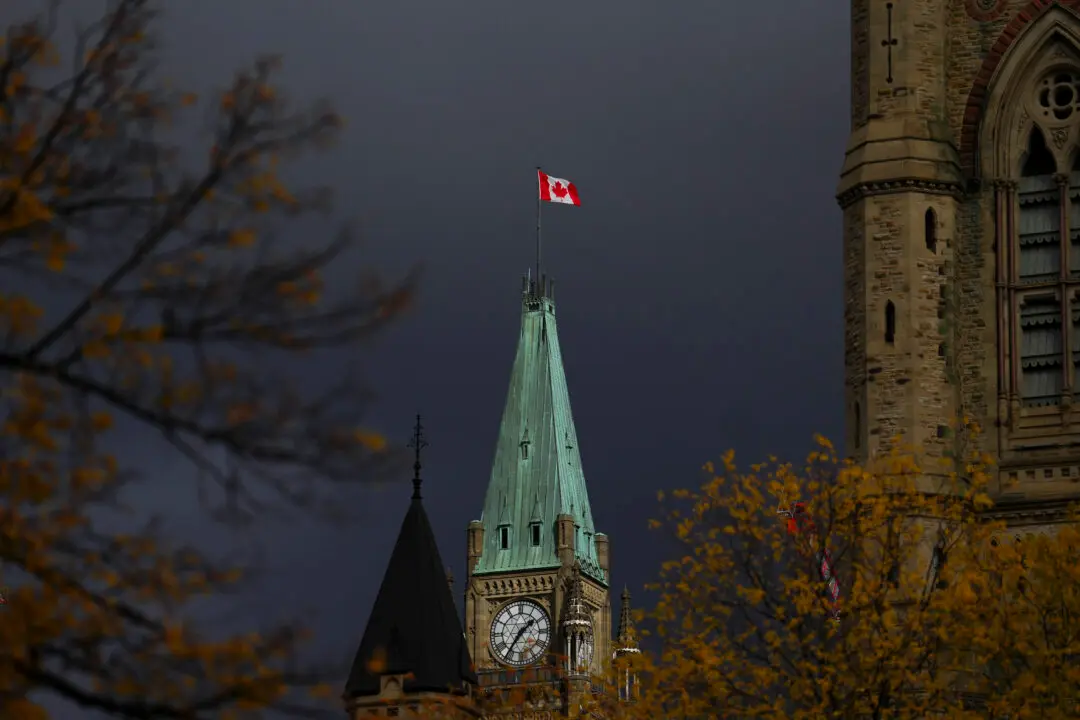The Bank of Canada’s decision to cut its key interest rate by a whopping half a percentage point is welcome news for Canadians who have struggled under higher borrowing costs and punishing inflation.
While the rate cut can be seen as a positive sign that inflation has been brought under control, earlier historical periods that saw the rate lowered by 50 basis points in response to economic turmoil could indicate other considerations as well.





